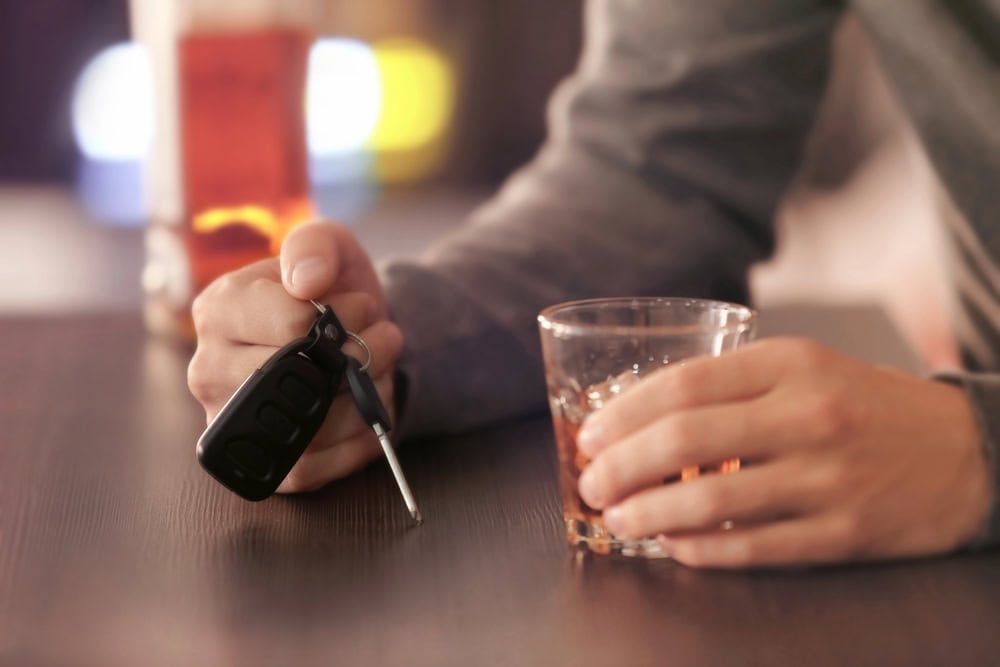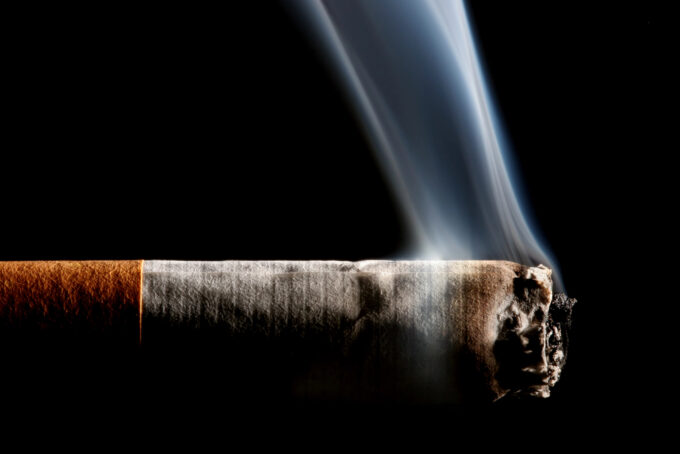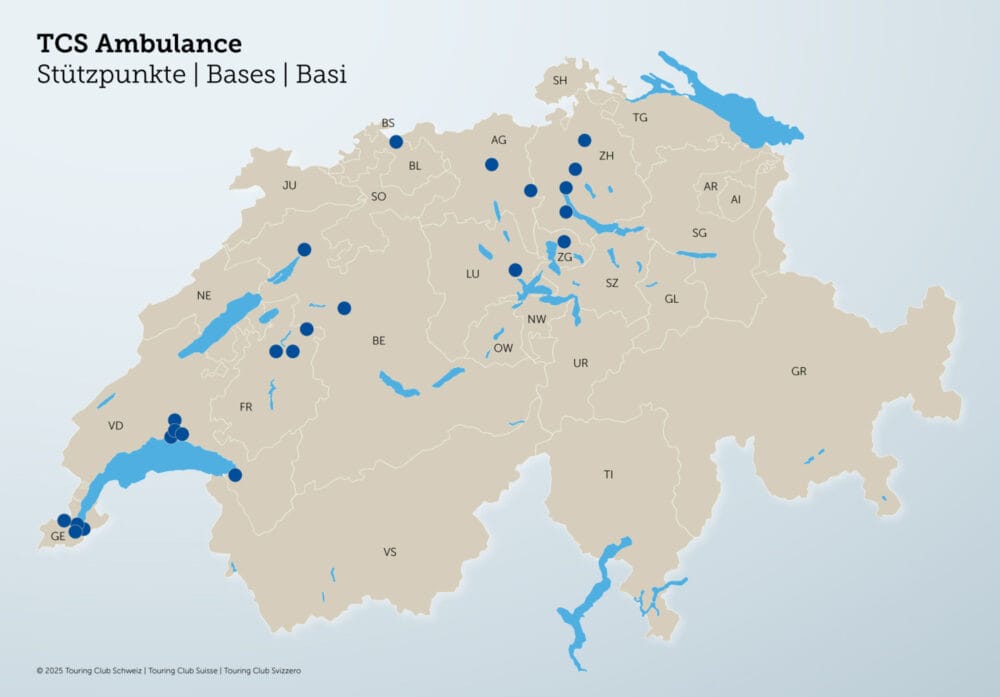Fewer and fewer people drink alcohol every day
In 2022, 83% of the Swiss population aged 15 and over consumed alcohol. This proportion has remained stable since 1992. In contrast, the proportion of people who consume alcohol daily has fallen from 20% to 9% over the past 30 years. While binge drinking at least once a month is most common among young men aged between 15 and 24 (31%), daily alcohol consumption is most common among men aged 65 and over (31%). These are some of the findings from the latest publication by the Federal Statistical Office (FSO) on alcohol consumption.

Excessive alcohol consumption is one of the main causes of premature mortality and impairment of physical, mental and social health. It increases the risk of accidents, violence and early disability. The results of the Swiss Health Survey (SGB) can be used to analyze the current drinking behavior of the population aged 15 and over and its development over the 30-year period from 1992 to 2022.
Four out of five people drink alcohol
In 2022, the vast majority of the population drank alcohol (83%), with the proportion of men consuming alcohol being higher than the proportion of women (87% compared to 79 %). More than half of the population (55%) consumed alcohol at least once a week and around one in ten people consumed alcohol every day. The proportion of people consuming alcohol has remained stable since 1992.
Decline in daily alcohol consumption over the last thirty years
Since 1992, the proportion of people who drink alcohol daily has fallen by almost two thirds, both among men (from 30% to 12%) and women (from 12% to 5%). Daily alcohol consumption increases with age: among 65-year-olds and older, one in three men and one in seven women consume alcohol daily.
Decrease in chronic high-risk consumption
Two forms of alcohol consumption pose a risk to health: drinking too much on a regular basis (chronic high-risk consumption) or drinking too much on one occasion (binge drinking). In 2022, 4% of the population tended to have a chronic high-risk alcohol consumption, i.e. they drank an average of at least two (for women) or four (for men) standard glasses of an alcoholic beverage per day, with no relevant difference by age group. Since 1997, chronic high-risk consumption has fallen more sharply among men (from 8% to 4%) than among women (from 5% to 3%). This has reduced the difference between the sexes.
Binge drinking on the rise
In contrast to chronic high-risk consumption, binge drinking, which corresponds to at least four standard glasses (for women) or five glasses (for men) of an alcoholic drink during a drinking occasion, has increased since 2007. The increase is more pronounced for women (from 6% to 11%) than for men (from 16% to 19%). Here too, the difference between the sexes has narrowed. Binge drinking mainly affects adolescents and young adults, especially young men between the ages of 15 and 24: 31% of them got drunk at least once a month in 2022.
Wine is consumed most frequently in Switzerland
In 2022, wine was the most popular alcoholic beverage among the Swiss population: 49% of people consumed wine at least once a week, 38% beer, 16% spirits and 2% alcopops. While beer (55% of men at least once a week compared to 21% of women) and spirits (22% compared to 11%) are still primarily popular with men, wine is drunk to a similar extent by both sexes (51% of men and 48% of women).
Source: www.bfs.admin.ch









